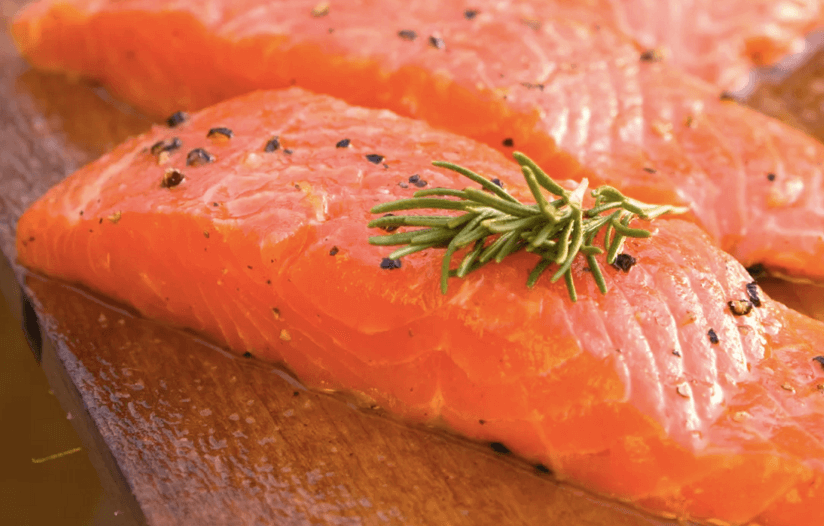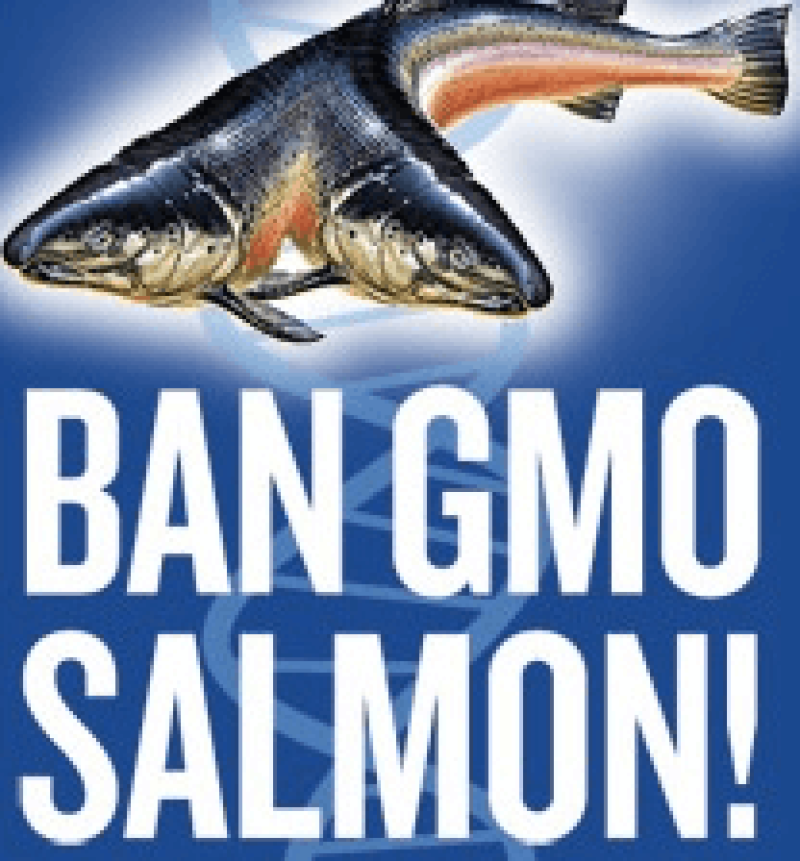For one brief, shining moment, I was beginning to think the New York Times had finally seen the folly of its decades-long vendetta against the use of modern genetic engineering techniques to produce food.
In a July 28 article, reporter Amy Harmon wrote an accurate, fair and well-crafted account of the desperate attempts of scientists supported by Florida’s citrus industry to develop genetically engineered orange trees resistant to the devastating plague of “citrus greening.” Environmental writer Andy Revkin has written constructively about the technology (here and here, for example).
Most satisfying of all, the paper got rid of loathsome food columnist Mark Bittman, who must have set some sort of record for corrigenda at the Times for his bizarre, profligate and serially ignorant pronouncements about genetic engineering.
Had the Gray Lady finally put an end to the inmates’ running the asylum? Would a little integrity and accuracy finally intrude on what the Times sees fit to print on this important topic?
Alas, in my impetuous hopes for better Times in the future, I had underestimated the nescience of the editorial board. The Times ran a “Room for Debate” feature to explore whether the FDA’s approval of the farmed AquAdvantage genetically engineered salmon, which reaches maturity 40% faster than its unmodified siblings, was “too fishy.” The problem was that in seeking a spectrum of opinions, the Times invited three anti-biotechnology ideologues, along with an eminent plant scientist. (A typical Times interpretation of what constitutes “balance.”)
That wasn’t all. On December 1, the Times’ editorial, “Tell Consumers What They Are Eating,” challenged the worst of Bittman’s amazingly wrong-headed and uninformed rants against a technology that is already improving the quality of life around the world and could do so much more.
Its thesis was that following the FDA’s rejection of petitions demanding labeling of the faster-growing salmon, “Congress should overturn that decision,” because “[c]onsumers deserve to know what they are eating.”
In fact, they will know what they’re eating. It’s called salmon.
The genetic changes made to the fish–the addition to the genome of a growth hormone gene from the Chinook salmon and a regulatory DNA sequence from the ocean pout — were minor and confer no detectable difference in its appearance, ultimate size, taste or nutritional value; the AquAdvantage just grows to maturity almost twice as fast, a tremendous economic advantage to those farming the fish.
If consumers (and the members of the Times’ editorial board) are really concerned about what they’re eating, they should demand food labeling that discloses such things as the amounts of insect parts and rodent droppings (both of which can be present in many foods but must be below limits established by FDA), or the levels of fungal toxins (which tend to be higher in organic products).
Mandatory labeling of genetically engineered foods fails every test: scientific, economic, legal and common sense.
Genetic modification via selection and hybridization has been with us for millennia. Breeders routinely use radiation or chemical mutagens on seeds to scramble a plant’s DNA to generate new traits. “Wide cross” hybridization has given rise to plants that do not and cannot exist in nature; these plants include the varieties of corn, oats, pumpkin, wheat, tomatoes and potatoes we buy every day. (Yes, even “heirloom” varieties and the overpriced organic stuff at Whole Foods.) On average, every day we consume many servings of varieties of fruits, vegetables, and grains derived from wide crosses.
Nevertheless, labeling advocates claim that foods produced with the most precise and predictable molecular techniques of genetic engineering are somehow “unnatural” and might be unsafe. And what, they say, could be wrong with letting consumers know what’s in their food and letting them decide what to buy?
Actually, plenty.
The terms “genetically engineered” itself is misleading. Genetically engineered foods are not in any way a meaningful “category,” which makes any choice of what to include wholly arbitrary. Nor are they less safe or less “natural” than other common foods.
Getting to the crux of the Times’ editorial, federal regulators have said repeatedly that the use of genetic engineering techniques is not “material” information, and that mandatory labeling would erroneously imply a meaningful difference where none exists. Those observations were unquestionably important factors in the FDA’s rejection of the petitions demanding labeling, because federal law prohibits the sale of food whose labeling is “false or misleading in any particular.”
Another probable factor was a recent Supreme Court decision, Reed v. the Town of Gilbert, which concerned the constitutionality of certain standards for or restrictions on signage in a town in Arizona. The June 2015 decision has cleared a judicial path for challenging the constitutionality of special labeling to identify foods that contain “genetically engineered” or “genetically modified” ingredients.
Information that is required on labels is considered to be “compelled commercial speech” and thus must follow the speech requirements of the First Amendment. The essence of the Reed case is the expansion to include special labeling laws of the range of regulations subject to “strict scrutiny,” the most rigorous standard of review for constitutionality.
As lawyer and New York Times Supreme Court correspondent Adam Liptak observed, Reed v. Town of Gilbert “marks an important shift toward treating countless laws that regulate speech with exceptional skepticism.” He quotes First Amendment expert Floyd Abrams, who said, “When a court applies strict scrutiny in determining whether a law is consistent with the First Amendment, only the rarest statute survives the examination.”
Without a compelling state interest (as opposed to just a preference) such as issues of safety or proper usage, a requirement to label foods that contain “genetically engineered” ingredients is unlikely to survive the strict scrutiny standard, and thus would be unconstitutional. (There are no compelling state interests.)
The Reed decision makes a mockery of the Times’ editorial’s sub-headline, “Congress should overturn the Food and Drug Administration’s decision not to require labeling of genetically engineered salmon.” Congress can’t make laws that defy the U.S. Constitution.
The editorial writers cannot pretend they were uninformed about all this biotechnology “inside baseball” stuff. The Times had published a letter to the editor from me on November 27, four days before its editorial, which laid out the implications of the Reed case for labeling of genetically engineered foods. Don’t they read their own paper?
The Times’ editorial pages are not completely useless, however. They will still be fine for wrapping our more sustainable, genetically improved salmon.
This article appeared originally here on Forbes.com and was reposted here with permission of the author.
Henry I. Miller, MS, MD, is the Robert Wesson Fellow in Scientific Philosophy and Public Policy at the Hoover Institution. His research focuses on public policy toward science and technology, encompassing a number of areas, including pharmaceutical development, genetic engineering in agriculture, models for regulatory reform, and the emergence of new viral diseases. His Twitter handle is @henryimiller.































